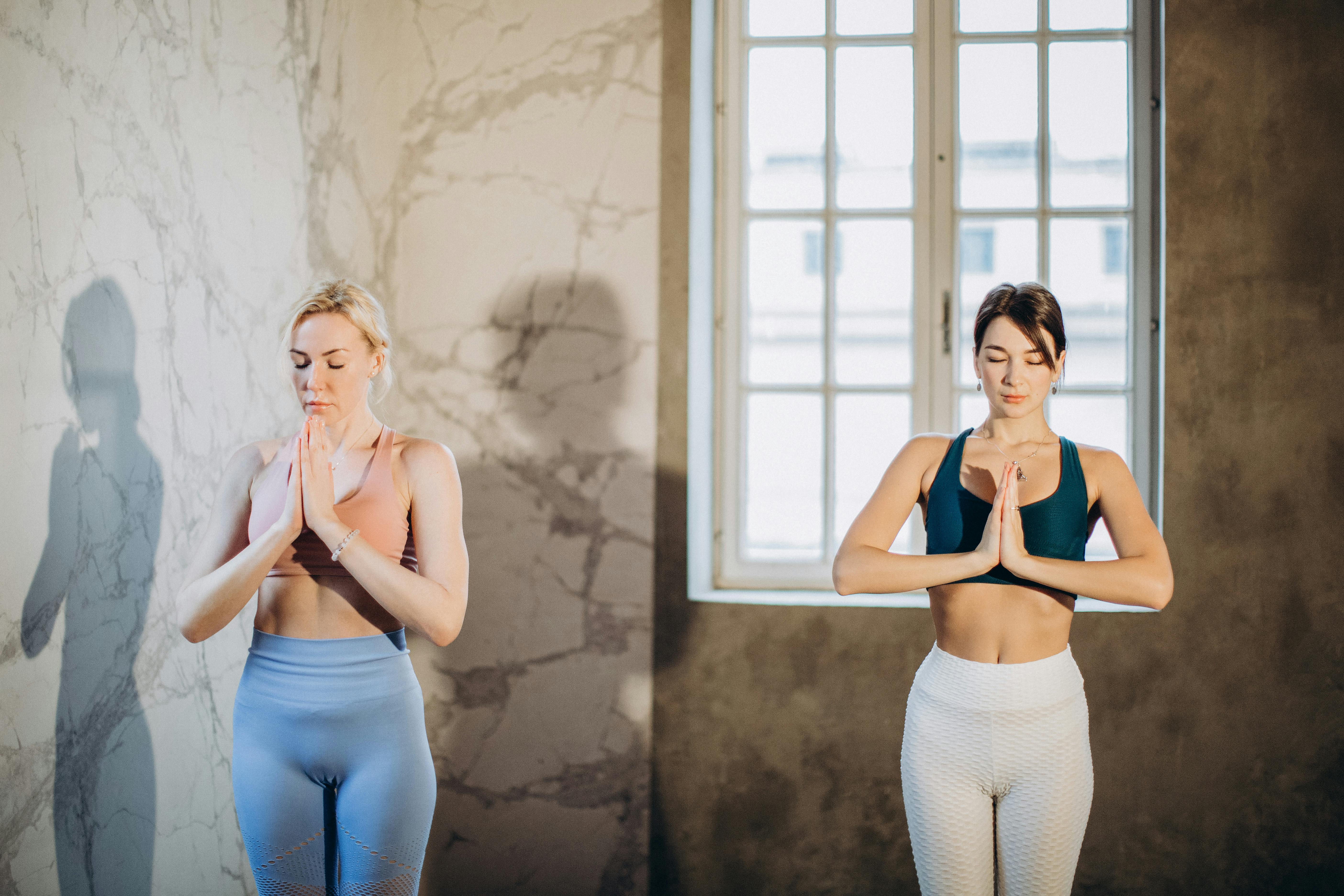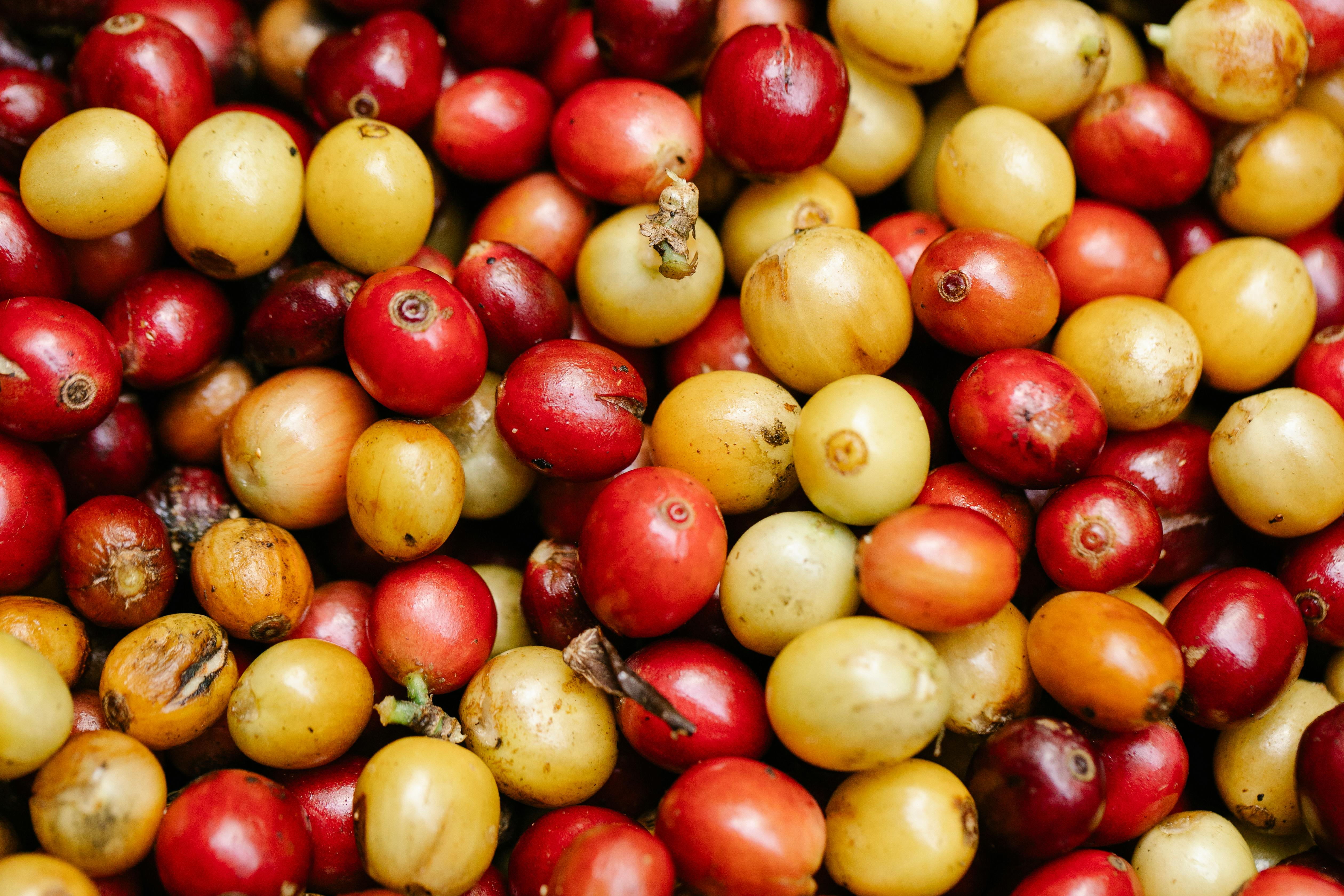Meals were special occasions in Victorian homes and eating began with making sure you were dressed appropriately for the event. While she could dress a bit more casually for meals at home, any outdoor dining that took place after 6:00 pm was automatically a formal occasion. Ladies were expected to wear low-necked dresses with short sleeves and gloves. The married woman opted for satin or silk while the single women arrived with muslin or gauze. The men always wore dark cloths and “fine linen.”
The male guests were assigned a female guest to escort them to the dining room. The host always accompanied the lady of highest rank, newcomer to the area, newlywed, or wife of a distinguished guest. The hostess was escorted by her husband’s business partner or best friend.
The formal Victorian dining room might be called a banquet hall today. It was usually quite large and luxuriously furnished, as was the custom of that time.
There were extensive decorations that included huge decorative furniture, stuffed birds in cages, ceramic and porcelain figurines, potted plants and a huge mirror, among other items. The center of attention was always the finely placed table of plenty in the middle of the room.
Perhaps the term “finely set” is an understatement. The hostess’s goal was to display every piece of fine china, stemware, and silver she owned, so it was not uncommon to find 24-piece place settings, including up to eight different forks, each serving her own special purpose. Add to that 8 extra knives, hunting shears, 7 glasses for water, wine, sherry, and more, a dinner plate, and a bread plate that holds a single piece of bread, and you’d think there couldn’t possibly be place for food; but they found a place anyway!
Most formal Victorian banquets were like an all-you-can-eat buffet, except you sat down and instead they brought you the endless stream of up to nine courses. Plenty of time was allowed between courses for conversation and digestive processes.
Once the meal was over, the servants brought bowls filled with water, each with a slice of lemon. The hostess signaled that it was time for the woman to leave the table by making strong eye contact with the woman seated to the host’s right and then standing up. A servant or a nearby gentleman opened the door to allow the woman to retire to the drawing room while the men remained at the table to continue their conversation or retired to the library to enjoy a good cigar and a glass of port.
Victorian society dictated that each guest, whether in attendance or not, must visit the hostess in person within a week after the event to pay their respects. The custom allowed men who were too busy with business matters to send their card through their wife or another female relative.
Yes, it sounds like a lot of work just to enjoy a good meal, but these were different times when pomp and circumstance still held special significance. Who knows? Maybe we could use a bit of that in our lives today.




